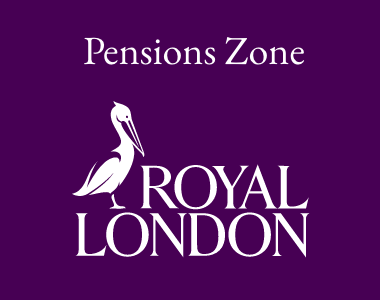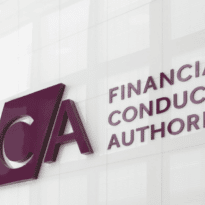Distressed investments and pensions: what to do when performance heads south? Dan Bosiacki, Technical Consultant at AJ Bell, examines the options available.
Poorly performing investments can be a taboo subject and for good reasons – investors naturally like to talk about their successes and, from what some of them say, the markets only ever go up. However, when an investment doesn’t quite go to plan, what can be done when its home is a pension scheme?
Stock market corrections, like the 25% drop in the FTSE 100 seen in Q1 2020 due to fears surrounding the Covid-19 pandemic, cause a sharp and swift depression in valuations of both individual equities and the funds that hold them. The primary market suffered as the number of global Initial Public Offerings (IPOs) dropped away by 23% during the first half of the same year, with new capital electing to sit on the side-lines.
This is felt in the world of pensions administration through company stock market de-listings and the suspension of redemptions by funds investing in less liquid assets, such as property. The result is that investment becomes untradeable, creating a dilemma for the investor’s pension scheme.
Certain safeguards exist for investors, principally the Financial Services Compensation Scheme (FSCS), but this provides targeted coverage and cannot be relied on in all situations.
What happens when an investment becomes distressed?
The impact of one or more distressed investments on a pension scheme can vary. Whilst they are typically more difficult and sometimes more time-consuming to administer day-to-day given reduced access to real time information, the real brunt is felt when the member instructs certain key ‘transactions’ in the pensions life cycle.
Specifically, the withdrawal of a pension commencement lump sums (PCLS) and, once fully crystallised, a transfer to another pension scheme.
The withdrawal of tax-free cash is a benefit crystallisation event (BCE6). The maximum PCLS that can be taken is limited to 25% of the scheme value or 25% of the member’s LTA, whichever is higher, meaning that taking a valuation snapshot at the point of crystallisation is imperative.
Where an investment is distressed and doesn’t have a reliable market value this process can be difficult to carry out with confidence. A scheme administrator might therefore be hesitant to process the lump sum, which could leave a client in a difficult spot.
In those cases, where an investment is resident in a scheme that is to be transferred or wound up and the member has fully crystallised, the rules say that all sums and assets must be transferred for the drawdown fund to remain whole, and the transfer be deemed a ‘recognised transfer’ (and therefor an authorised payment in legislation). If an asset can’t be transferred, this can scupper the entire transfer, which again can be detrimental to a client’s financial planning.
If a PCLS is overpaid or a transfer isn’t a recognised transfer, the ramifications are potentially serious. If the scheme administrator can’t offer a solution, then we’re edging towards unauthorised payment territory.
Are there any solutions?
Thankfully, there are actions we can take to mitigate this risk.
If the distressed investment is known to carry no discernible value then a price of £0 can be assumed on the BCE date, providing the scheme administrator is comfortable with this. Market prices are required for every other asset in line with the Taxation of Chargeable Gains Act 1992 to reach a total valuation for the pension scheme. HMRC’s negligible value claims list can be useful as can the updates released by any insolvency practitioner leading the liquidation process. The PCLS shouldn’t be overpaid, and there’s a chance it could be slightly underpaid, but at least it’s paid.
Where the investment retains a value then we can turn to audited financial statements, particularly if they are still being published and audited by authorised firms, to form a judgement. The member can explore purchasing the asset if the functionality exists to re-register it (to a dealing account for example) and again, the scheme administrator is willing to accept a cash consideration.
Solving the transfer problem for fully crystallised schemes can be less straightforward. The rules around value shifting mean we need to be extremely careful about removing assets from pension schemes unless we are certain that no value is retained. This includes donations to charity.
Should the asset retain some value but cannot be accepted by a new scheme, the same process as for PCLS payments should be followed in determining that value from reliable information. Upon reaching a valuation the member could, providing they meet the eligibility criteria, make a contribution equal to the value of the investment, thus creating an uncrystallised tranche of funds within the scheme.





























